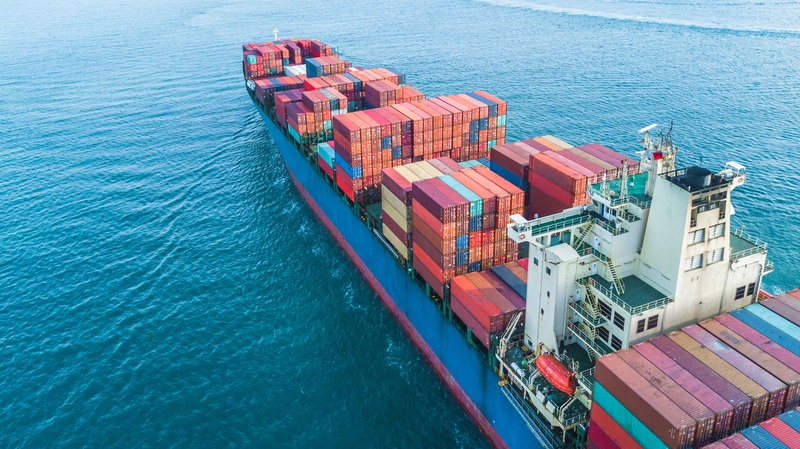
In recent months, the container shipping industry has encountered a perfect storm of challenges, resulting in significant disruptions and increased costs for shippers worldwide. A confluence of factors, including ongoing Red Sea diversions, Asian port congestion, and sudden demand spikes, has created a volatile environment reminiscent of the tumultuous period experienced during the pandemic.
The implementation of General Rate Increases (GRIs) by carriers over the past 45 days has been a direct response to these challenges. Red Sea diversions via the Cape of Good Hope, fueled by geopolitical tensions, have disrupted traditional shipping routes, leading to delays and capacity shortages. These disruptions, compounded by increased demand for shipping and weather-related delays in major Chinese ports, have resulted in soaring shipping rates outside of the typical peak season.
Shippers in the US and Europe are facing an “early peak season,” characterized by unprecedented rate hikes and fears of supply disruptions. As carriers grapple with tight capacity and operational constraints, shippers are compelled to navigate the complexities of Floating Allocation of Kinds (FAK) shipping and contend with weight restrictions and surcharges for overweight containers.
The shortage of market capacity has forced shippers into longer-term contracts at higher rates, exacerbating the strain on an already stretched supply chain. Smaller vessels have been redeployed to trans-Pacific routes, further exacerbating capacity shortages and escalating rates in regional trades.
Amidst this turmoil, some carriers have resorted to refusing to honor shipping contracts, citing the volatile market conditions as justification. Others have forged stronger relationships with shippers, relying on mutual trust to uphold predetermined contracts and rates.
Meanwhile, the impact of recent geopolitical developments, such as the US tariff hikes on Chinese goods, has added another layer of complexity to the situation. Panic buys and decreased container availability have further inflated freight costs, compounding the challenges faced by shippers.
Despite the current uncertainties, there is hope on the horizon. Suppliers anticipate that the disruptions caused by the events in the Red Sea will begin to ease after the summer, leading to a gradual reduction in shipping costs. However, in the interim, shippers must remain vigilant and proactive in managing the challenges posed by the evolving landscape of the container shipping industry.
In conclusion, the container shipping industry is navigating uncharted waters, grappling with a myriad of challenges that have upended traditional norms. By staying informed, adaptable, and collaborative, shippers can weather the storm and emerge stronger on the other side.
